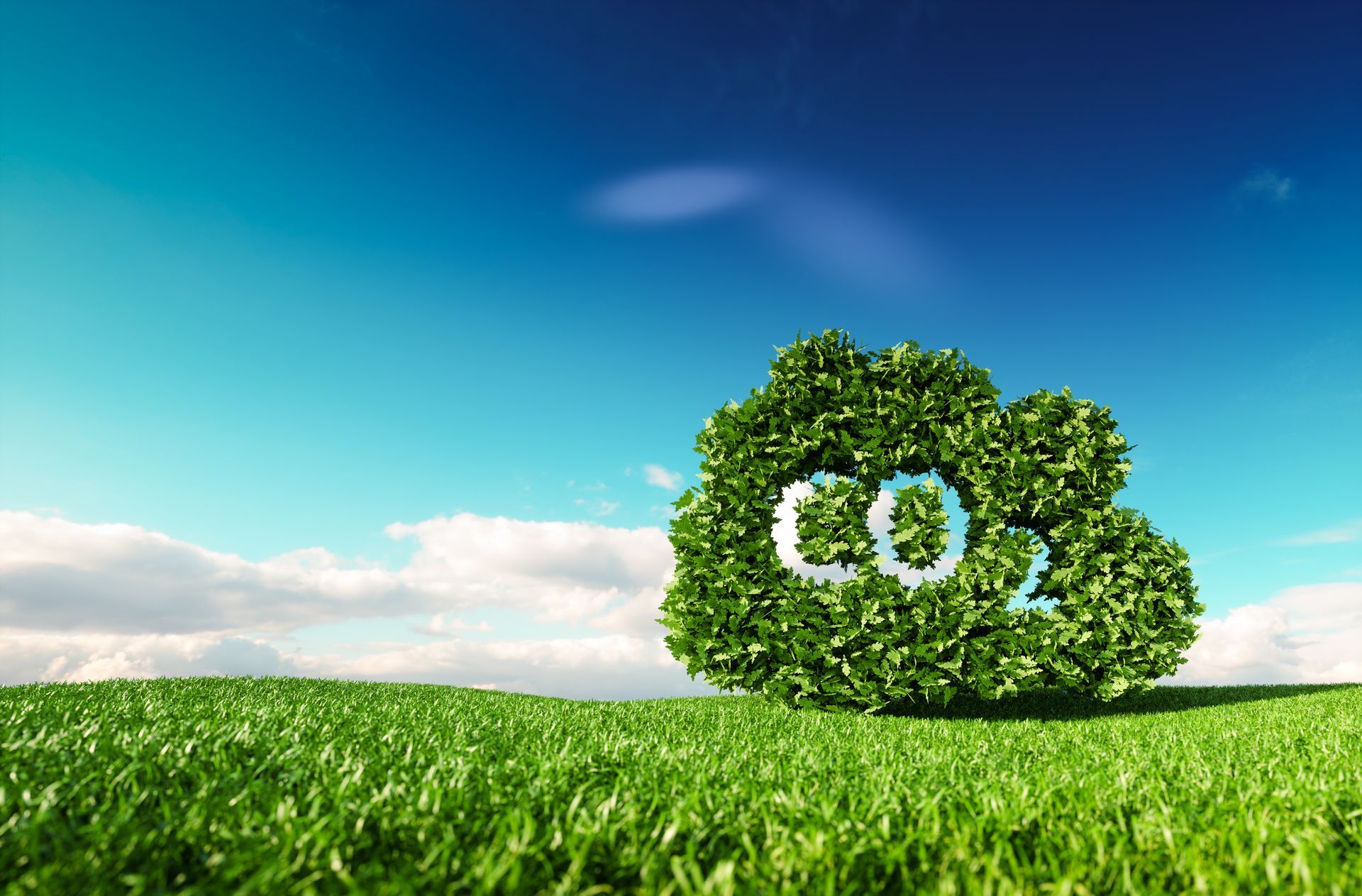Potential of the methane pyrolysis process
Andreas Bittig • 21. Juli 2024

Potential of the methane pyrolysis process
The project team of the Association for the Decarbonization of Industry is making good progress in setting up the first methane pyrolysis plant and operating it at industrial level thanks to the great support of the project team, the companies involved, the funding partners and the authorities. The plant is expected to have a continuous output of 330 KW and will therefore be able to supply a large proportion of the power required by the first industrial customer in Zug. This first plant will be used in an enameling furnace that was previously operated with natural gas. By using the technology, this first application will reduce CO2 emissions into the atmosphere by between 200 and 400 tons per year - depending on the configuration and operating times.
The carbon will also be used; investigations are currently underway at the companies AVAG (waste recycler), Sika and Holcim to use the carbon resulting from the process in agriculture and building materials. This would not only provide a new source of carbon for existing applications, it could also bind this carbon for many years and thus ensure that it is not converted into CO2 and released into the atmosphere.
This first plant is deliberately being operated as a demonstrator so that the project team can gather experience and thus optimize the plant during operation on the one hand and incorporate it into the development of future plants on the other.
We are already discussing new applications with our partners and other interested parties. After all, it will probably be over 20 years before the expansion of renewable energy sources is complete in Europe - during this time, unimaginable amounts of CO2 will continue to be emitted. The process developed by the VzDI could use natural gas largely emission-free during this time by first decarbonizing the natural gas with pyrolysis (i.e. converting CH4 into 2*H2 and 1*C) at every location worldwide where large quantities of natural gas are currently burned, and only then burning the hydrogen (H2) and using the carbon as a material (and not for energy). This process means that some of the energy cannot be used, as the carbon is not burned and the methane pyrolysis also generates waste heat that can only be partially utilized. This increased energy input is offset by a reduction in CO2 emissions, which corresponds to a classic conflict of objectives, but from the point of view of decarbonization and the high availability of natural gas clearly speaks in favour of prior pyrolysis.
As soon as sufficient renewable energies are available, methane can be produced from surplus electricity (by means of electrolysis and methanation). This energy available in the methane can be pyrolyzed again as soon as it is needed and the hydrogen can then be used either in industrial processes, in gas heating systems in district heating plants or in fuel cells to produce electricity. We are still evaluating different potentials - if you know of such or other applications and are interested in an exchange, we look forward to hearing from you.
Kontakt
Menu
Rechtliches
Newsletter abonnieren
Bleiben Sie stets auf dem Laufenden mit dem VzDI-Newsletter.
Newsletter anmelden
Besten Dank für Ihre Anmeldung zum VZDI-Newsletter.
Ups, es ist ein Fehler beim Senden Ihrer Nachricht aufgetreten. Bitte versuchen Sie es später noch einmal.

Alle Rechte vorbehalten | VzDI



